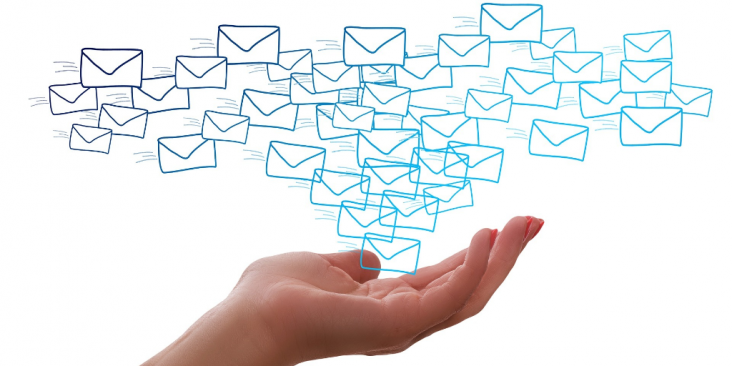How to Free Your Mail Server from Spam

How’s your inbox? Does it seem like you’re getting more spam lately? Billions of emails are sent out each day, and more than half of that is spam. According to Cisco, 88% of the email sent last month was spam. In June, spam reached a 15-month high with 459 billion spam emails! A lot of that spam is potentially dangerous as well, considering email is the number one method used for distributing malware and phishing scams.
Spam filtering is a simple and inexpensive (or free) tool that can be used to reduce the volume and the risk from all this spam.
So what is spam filtering?
Spam filtering is an anti-spam system that checks emails for viruses, malware, and potentially unsafe attachments before delivering them to inboxes. A filtering service can also be set up to scan outbound email before it’s sent out.
What are the benefits of spam filtering?
The daily task of deleting spam from inboxes is both a time sink and a risky activity. Mail servers can be configured to filter for spam internally. However, when a mail server receives a lot of spam, it can get bogged down from processing all of it. The added benefit of using an external inbound filtering service is that it does all the spam filtering before sending it on to the mail server. External spam filtering reduces the load on the mail server and the amount of spam that’s getting delivered.
What is inbound filtering?
Inbound filtering systems use multiple authentication methods and analysis, checking for fraudulent senders, malicious URLs, and malware. The filtering rules manage each email according to its estimated threat level. Email is flagged and delivered to a spam folder, quarantined, blocked, or deleted. Inbound email filtering is an additional layer of safety, preventing viruses, malware, phishing, and ransomware attacks from entering a network.
What is outbound filtering?
Outbound email filtering provides another type of protection for companies. In the same way that received email is scanned for safety, outgoing email is also checked for malicious attachments and viruses before it’s sent out. Additionally, safeguards are created to look for behaviors that are typical for sending spam. When the outbound filter recognizes these behaviors, the individual user account is locked to prevent email from being sent out. This service prevents issues with IP blacklisting, server overload, fraud, or privacy regulation violations.
What are the benefits of using a paid email filtering service?
Free spam filtering typically means that updating the database and creating the filtering rules are the responsibility of the user. That can range from manually updating the database and creating the filtering rules yourself to troubleshooting configurations to make sure you’re receiving automatic database updates correctly. With paid services, filtering rules are still customizable; however, default settings provide a faster setup option. Also, a paid filtering service manages and maintains its database. Some paid services also have easier integration through control panel add-ons and automation. These time-saving features can make it worthwhile for companies to use a paid email filtering service.
The bottom line.
Email filtering isn’t perfect, like anti-virus software, it needs to continually update so that it appropriately identifies and adapts to new forms of malicious files and schemes. However, spam filtering offers a valuable layer of protection from the 392 billion spam emails that went out yesterday, and who knows how many will be sent tomorrow!
Is spam bogging down your mail server? Contact sales to find the spam filtering solution that’s right for your business.
References:
Clement, J. (2019, August 9). Global spam volume as percentage of total e-mail traffic from January 2014 to March 2019, by month. Retrieved from https://www.statista.com/statistics/420391/spam-email-traffic-share/
Email & Spam Data. Retrieved on October 21, 2019 from https://www.talosintelligence.com/reputation_center/email_rep
Martino, Steve. (2019, June 7). The Endless Scourge of Malicious Email. Retrieved from https://blogs.cisco.com/security/threat-report-email-attacks
